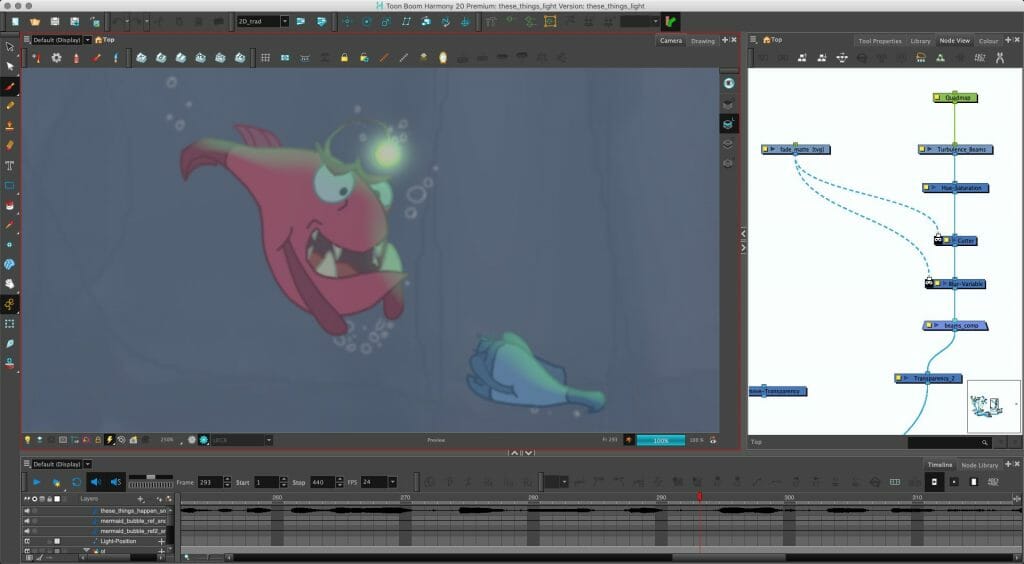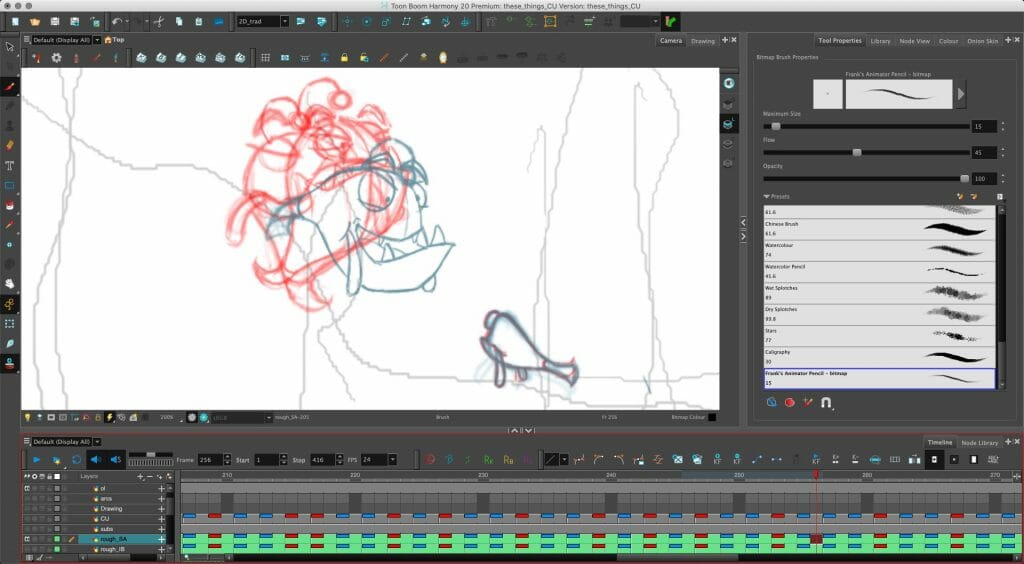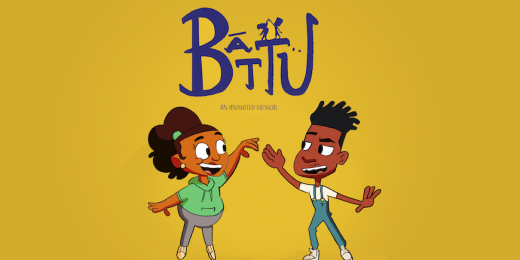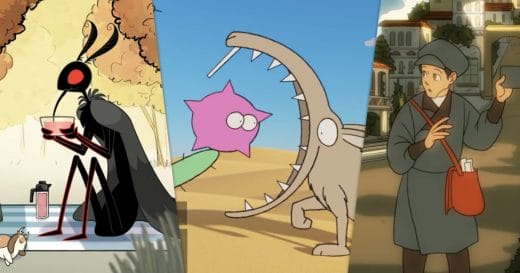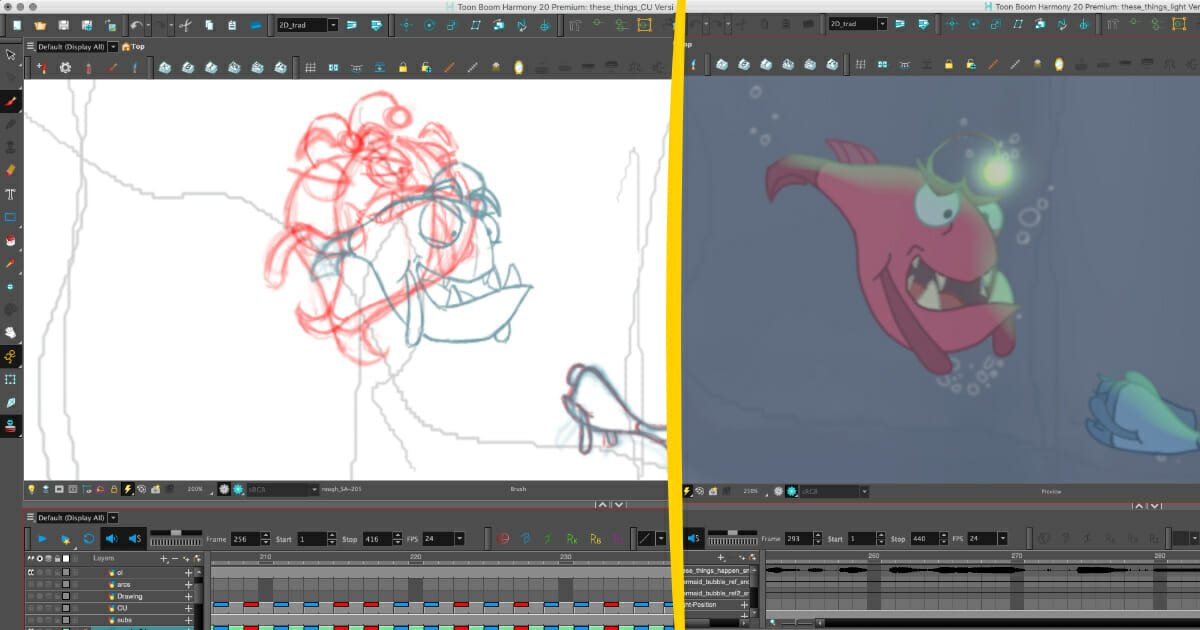
In today’s day and age, almost everything can be done online — including learning animation skills! CG Spectrum is an online animation, visual effects, digital painting, and game development school that is inspiring and preparing the next wave of artists. Their courses are 100% online, and students are personally mentored by industry professionals who have worked at major studios all over the world.
We caught up with two of CG Spectrum’s mentors, Mike Wiesmeier and Alfredo Cassano, to learn about their careers and how they are channeling their knowledge into teaching animation students.
Mike is a 2D animation mentor, with notable credits on feature films, such as Pocahontas, The Hunchback of Notre Dame, and Fantasia 2000. Alfredo is a 2D animator and storyboard artist who worked as lead animator at The Spa Studios for the feature film Klaus in Madrid, as well as Cartoon Saloon, Cartoon Network, Wish Films, and Brownbag Films Manchester, among other animation studios.
What inspired you to pursue a career in animation?
Mike Wiesmeier:
My interest started around 8 years old, when my family moved to Los Angeles. Living there, I became aware of the fact that movies were made in the region, and I also got to go on my first trip to Disneyland. I was so blown away by this trip to Disney that I used my savings to buy a book, The Art of Walt Disney: From Mickey Mouse to the Magic Kingdom.
I read that book back to back, learning the history of animation and the magic behind the Disney parks. It inspired me to start drawing, and so I began by copying images from the book. I did that for years, until drawing eventually led me to attend the Brandes Art Institute in Reseda, California.
Alfredo Cassano:
Although I don’t remember the exact moment that I became interested in animation, I think that my interest in it was likely inspired by my dad. He is a theatre actor, and has a passion for cinema. I was raised watching lots of cinema, and my dad taught me to draw very young. I was drawing well before I could write, and that love of drawing inspired me to want to become an animator.
How did your career in animation get started?
Mike Wiesmeier:
After I finished my studies at Brandes Art Institute, I went off to do some other things. It wasn’t until a decade later that I seriously pursued a career in animation. I started applying to positions, including ones at Disney. It was my dream to work for Disney, but I didn’t get in right away. I applied three times over the course of a couple years, until finally I got the job as an inbetweener on Pocahontas (1995). Throughout my career I’ve worked at Disney, on other productions around the world, and I’ve done lots of teaching, too. That’s what led me to mentoring at CG Spectrum.
Alfredo Cassano:
I pursued a career in music until I realized that I wanted to focus on a career that had a bit more stability. So after a few years in music, I reverted back to my childhood dream of becoming an animator. I started studying animation quite late. After animation school, I began working right away – and within months, I was on my first feature film: The Secret of Kells (2009). I was attracted to that project because it was made using traditional animation (pencil and paper!), and back then it was difficult to find feature projects that were being made in 2D.
Apart from The Secret of Kells and Song of the Sea, most of my jobs have been in TV animation. Because high quality 2D needs lots of tedious drawing work, it was hard to find 2D projects made this way. Most of the productions were 3D or cut out. That’s why one of the highlights of my career so far was working on Klaus (2019). Klaus was such an incredible experience because I was able to animate in 2D at the level of quality that I always wanted to. Aside from these projects, I have done work as a storyboarder, and I’ve also worked as a teacher and mentor, including at CG Spectrum.
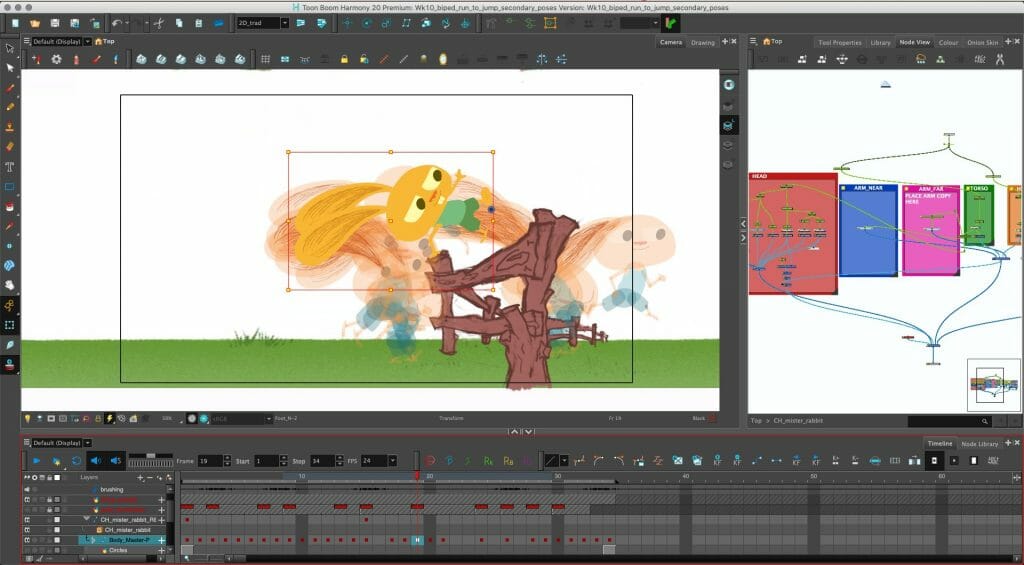
What do you think the future of 2D animation will look like?
Mike Wiesmeier:
My time at Disney came to an end around 2000, which is when Disney shut down its traditional animation department. It was devastating for me, and for my colleagues. At that moment, the future of 2D felt uncertain. But 2D never went away. Although big studios like Disney and DreamWorks shifted their focus to 3D, many of the smaller studios continued making films using traditional animation. Because these films were made by smaller studios, they were less in the mainstream.
The fact that Klaus has gotten so much deserved attention points to how well 2D still does in the mainstream. Seeing its success has given me newfound hope that we will see more large budget 2D films in the future. Hand drawn animation is becoming more attractive again.
Alfredo Cassano:
Traditional animation definitely hasn’t gone anywhere. Klaus showed that 2D, especially when done high quality, is an incredibly appealing medium, and doesn’t feel “old” at all. Actually, 2D movies age better than 3D ones, and the characters have more organic performances. Some people say that Klaus actually points to a 2D comeback, and I do think that we might see traditional animation resurge. But, I think it might resurge in a bit of a hybrid format, in which 2D and 3D will be more and more difficult to tell apart, thanks to lighting techniques and better 3D rigs.
What advantages do artists gain from being trained in 2D animation?
Mike Wiesmeier:
Knowing hand drawn, traditional animation is important because it’s the foundation of animation. Cutout and 3D techniques focus on performance, because the character is already rigged and ready to go. In traditional animation, you’re creating each individual pose with your drawing, in detail. It requires not just drawing skills, but a strong understanding of visualization, timing, and weight. Learning traditional animation gives artists the foundational knowledge of body mechanics that they need to succeed not just in traditional animation, but in digital.
Alfredo Cassano:
Even the most advanced rigs can’t compete with hand drawing a character. That’s because with traditional animation, sketching a character by hand enables you to be closer to the character. This is a super valuable aspect of 2D. Learning 2D also helps artists develop skills that are useful both in 2D and 3D. You learn how to identify what’s really needed in a scene, and what’s not. You learn how to plan ahead, and avoid unnecessary animation. These are skills that are essential to 2D animation, but can be very helpful in the 3D space as well.
CG Spectrum’s classes are all online. What benefits are there to gaining an animation education in the online format?
Mike Wiesmeier:
I find that teaching online I have more quality time with the students. This is a bit ironic, because you might think that teaching online is impersonal, since it is virtual. I think the difference is that my online classes are small, and our class time is very focused. This allows me to get to know the students much better, and gives me the opportunity to really mentor them.
Mentorship is such an important aspect of the animation industry. In most of my animation jobs, there’s been an environment of natural mentorship. Artists teaching each other and animators sharing test scenes with each other, it’s so important within the field. With the small online classes at CG Spectrum, I’m able to create this mentorship environment. I can tailor my classes to the needs of those particular students, which I think is super beneficial to them.
Alfredo Cassano:
I think one of the main advantages of the online learning environment is accessibility. Because CG Spectrum is online, students can enroll no matter where in the world they are. This gives them the opportunity to connect with teachers, mentors, and students who are on the other side of the planet! By creating a global community of artists, CG Spectrum’s students have access and exposure to all sorts of different perspectives.
I think that virtual classes like CG Spectrum’s are also beneficial because they are reflective of changes in the industry. The pandemic led the animation industry to embrace working from home in a way that it hadn’t before. Many studios are realizing how doable it is to have remote teams working on a film, and so I’m sure that we will see this approach to production continued after the pandemic. For artists who are attending virtual school, the virtual workflow and virtual communication needed for remote working environments will be comfortable for them already.
Animation is a competitive industry. What are the greatest challenges that aspiring animators are facing in the industry today, and what advice do you have for animators in overcoming them?
Mike Wiesmeier:
The industry today is definitely competitive, but it’s important to remember that there’s a place in it for everyone. The important thing for up and coming animators to remember is that the biggest competition is yourself. If you commit yourself to ongoing learning and growth, you will find your place. I was rejected from Disney twice! But I took those first two rejections, learned from them, and tried again.
I also like to remind aspiring animators of the importance of mentorship and community. It’s a really integral part of the animation industry, and because of this, people are happy to talk to you. Reach out to artists and animators that inspire you, and ask to meet with them – in these pandemic times, it’s easy to do so over video. Ask them questions about their career, and see if they’ll look at some of your work and provide feedback. It’s scary to reach out to strangers, but it’s how you start to build a community of artists who will nurture your passion and support you. If you are passionate about animation, people will take notice. Keep at it!
Alfredo Cassano:
I think one of the greatest challenges is the job itself. Learning to animate, particularly in 2D, is difficult. And transitioning from a learning environment to working professionally is tough, because the work can be quite gruelling. To overcome this you need to have a lot of passion for the medium, patience, and dedication to it. The great thing about it is that the tough work is compensated for by the final result. When you get to see the final cut of a film you’ve been working on, it’s so rewarding.
In many ways, thanks to technology and the growth of the industry, I think right now is one of the best periods we’ve seen for working in animation. The industry is now global, and we have access to a wealth of information online. But there are also new challenges that animators didn’t face before. The amount of information available online to aspiring animators can be overwhelming and dispersive, and there’s also social platforms, which enable artists to compare their work to others.
It wasn’t like this when I was becoming an animator. And so my advice is: do not fall into the trap of comparing yourself to others. There will always be someone more skilled than you, as well as someone less skilled. Ultimately, this doesn’t matter. Instead, be honest with yourself. Be critical, but also forgiving of your own work. If you are looking for someone to compare yourself to, then make sure that person is yourself!
Interested in trying your hand at 2D animation? You can download a 21-day trial of Toon Boom Harmony from our website.


